
Back Surgery
Does your horse have back pain? Having trouble during ridden exercise? Call the practice (01442 851921) to arrange a visit – get us out to check your horse.
Does my horse have Kissing Spines?
This simplified image shows the normal anatomy of the horses back, with a normal X-ray of the same area.
The dorsal spinal processes (DSP’s) are the main components you can see on the X-ray. We would normally expect some form of gap between the DSP’s, however as I have mentioned in a previous post – the literature suggests that up to 34% of horses (which tend to be over-represented by Thoroughbreds) may show signs of overriding dorsal spinal processes (ORDSP’s) on X-rays but do not exhibit any clinical signs as a result of them. However, if this is coupled with clinical signs of pain, the well known condition of ‘Kissing Spines’ or ORDSP’s may require intervention.
Here are a few X-rays showing ORDSP’s, which were associated with pain.
Conventionally we took an approach of placing medication around the spinal processes in order to reduce any inflammation and therefore pain. Many cases responded to this treatment modality, however it often required repeating the medication over time.
In order to increase treatment longevity a technique was developed in 2009 by Dr. R. Coomer called an interspinous ligament desmotomy (ISLD). This procedure is now available to patients and can be performed on your yard. In essence the ligament between the dorsal spinal processes is cut, which not only potentially relieves any tension between processes, but is also thought to provide a neurectomy (cutting of the nerve) in the area – hence providing pain relief from the condition.
Case selection is imperative and it does require a full clinical exam and X-rays to be taken prior to the surgery – we also pay particular attention to any concurrent hindlimb lameness, as this may indicate the back is actually a secondary issue. Furthermore, we do advocate working in conjunction with suitably qualified para-professionals (such as ACPAT), in order to manage these cases.
As an example we have included a video and some images of a case we were recently involved with. We would like to thank the RVC and the owner for kindly allowing us to use the footage.
Does your horse have back pain? Having trouble during ridden exercise? Call the practice (01442 851921) to arrange a visit – get us out to check your horse.
[video_lightbox_youtube video_id=”UanlPQEBoeU” width=”640″ height=”480″ anchor=”https://www.farrandpursey.com/wp-content/uploads/2017/09/ISLD.jpg”]
We would like to thank this little ponies owner for letting us use these images – this is what can happen post ISLD surgery. After several visits from other para professionals we advised this patient underwent the ISLD procedure. After a lot of dedication to the rehabilitation ( which is an important as the surgery itself! ) this is the result!

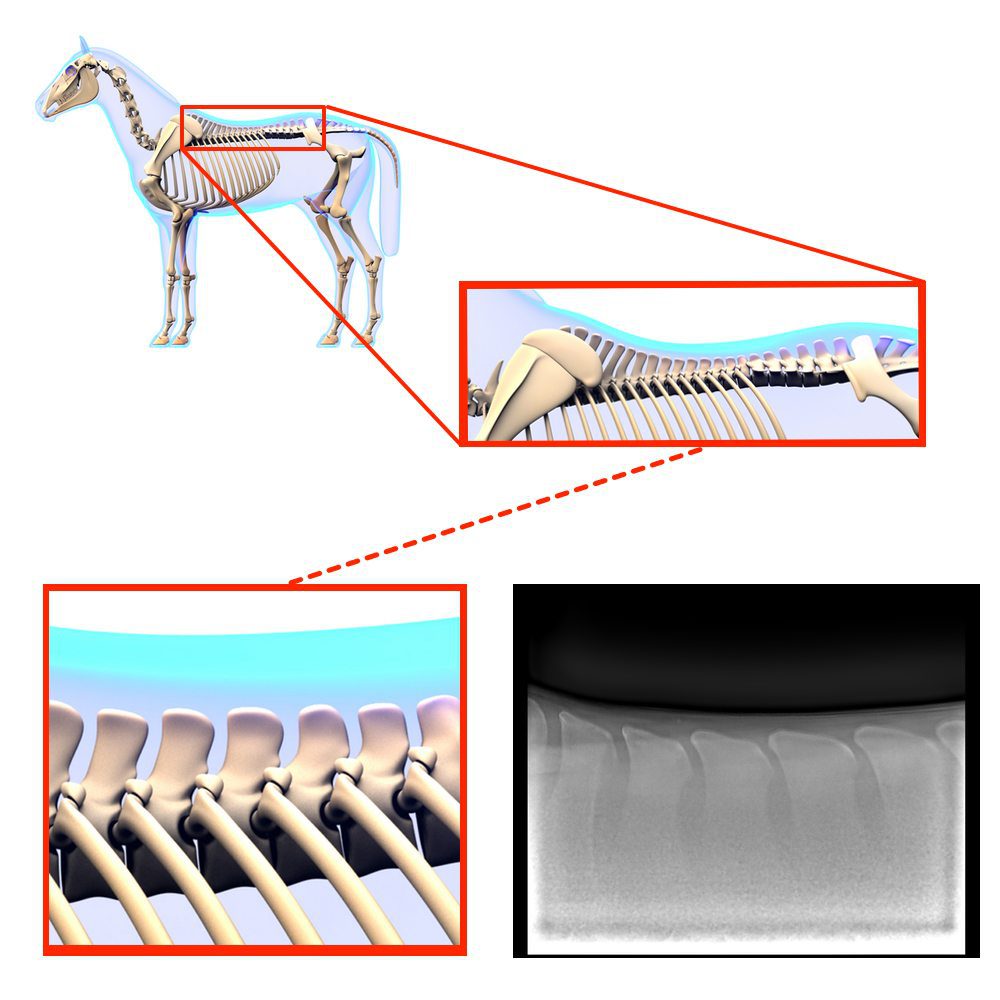
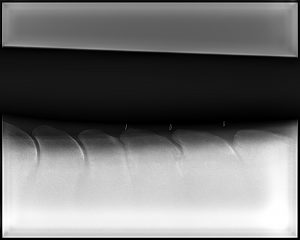
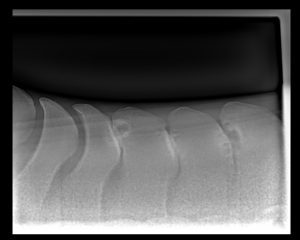
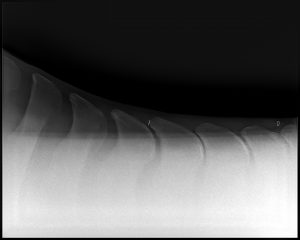
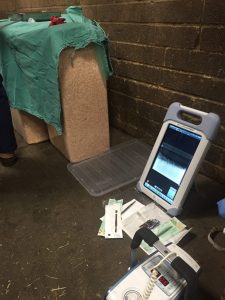

Recent Comments